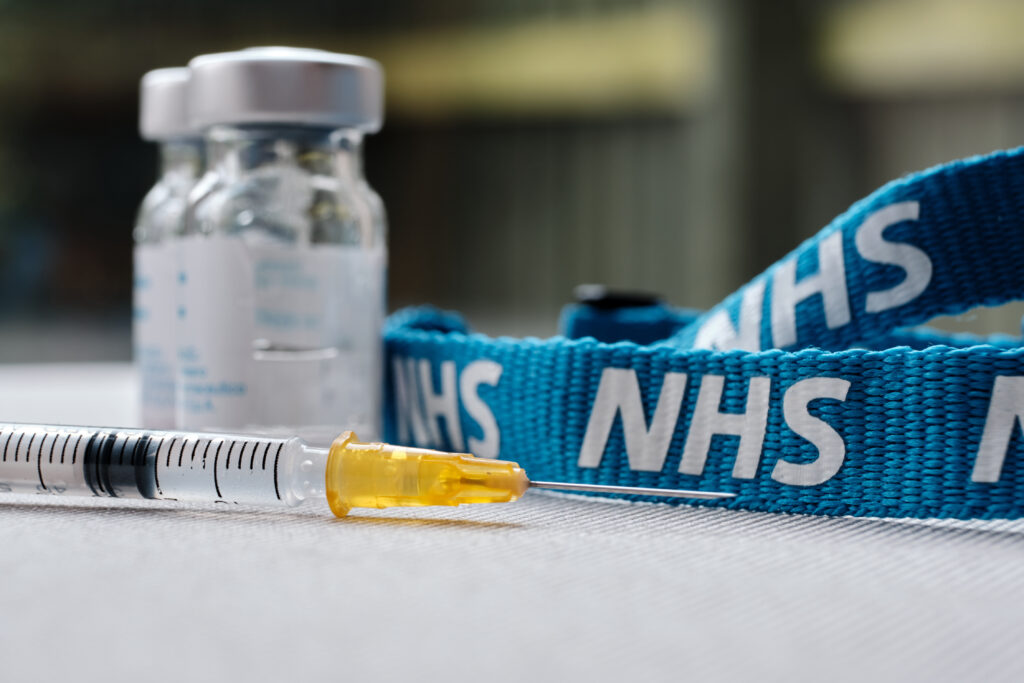There was a slight decrease in the number of people waiting for NHS treatment in England in October 2023, according to official data.
The number of referral to treatment (RTT) pathways where a patient was waiting to start treatment at the end of October 2023 was 7.70m, down by around 60,000 from the 7.77 million in September.
Some patients are on multiple pathways and the number of unique patients remained at around 6.5 million, unchanged from the previous month.
Among the 7.7 million, in 377,618 cases the patient was waiting more than a year, in 107,433 cases they were waiting more than 65 weeks, in 10,506 cases they were waiting more than 78 weeks, and in 190 cases they were waiting more than two years for treatment.
In 58.2% of cases the patient had been waiting up to 18 weeks, thus not meeting the 92% standard.
For those pathways where the patient was waiting to start treatment, the median waiting time was 14.6 weeks. The 92nd percentile waiting time was 45.8 weeks.
Over October, 1,778,530 new RTT pathways were started, while 301,366 patients completed their care through admitted treatment and 1,252,575 were completed in non-admitted settings.
A million could go private in 2025
Brett Hill, head of health and protection at Broadstone, said the figures cast a shadow over those already struggling with ill-health and injury or worried about the impacts of colder weather through the winter.
“With more industrial action planned in the coming weeks we are only likely to see further added pressures on NHS services through this period, perpetuating the difficulties many are facing in accessing NHS care they need to treat or diagnose health issues,” Hill added.
“It is little surprise therefore that we are seeing record private health admissions as people either fund their own care or access the private sector through insurance products like private medical insurance.
“At the current rate of growth we could see over a million going private in 2025 which marks a huge expansion of this market compared to before the pandemic. This is being driven by a growing recognition among businesses that they need to step up and support the health of their employees given the travails of the NHS.
“Services like digital GPs and screening programmes are increasingly prevalent as employers look to catch issues early to avoid long absences and we expect coverage of insurance products to continue rising as healthcare remains a key boardroom issue moving into 2024 and beyond.”
Desperate situation
Tim Gardner, assistant director of policy at the Health Foundation, said the figures highlighted the desperate situation facing patients waiting for NHS treatment.
“The health service is under severe strain. High inflation has meant NHS budgets have fallen in real terms this year, and the weeks ahead will see further strike action by junior doctors and the threat of increasing winter pressures,” he said.
“Heading into winter, the NHS is not in a substantially better position than this time last year, which was one of the worst ever. In November, over 42,000 patients spent over 12 hours in A&E departments waiting for a bed.
“The waiting list for routine operations has fallen slightly but was still 7.7 million in October, with over 377,000 waiting longer than a year. Nearly 13,000 hospital beds are occupied daily by patients who no longer need acute medical care but cannot be discharged due to shortages in social care and NHS community services.
“How well the health service copes over the coming months largely depends on the weather and seasonal viruses, including influenza. While winter pressures may be inevitable, the annual NHS crisis is not.
“In last month’s Autumn Statement, the government focused on improving public sector productivity. For this to happen in the NHS, further action is needed to build and support the workforce, boost infrastructure and technology, and reform the broken social care system.”
Repeated raiding of long-term investment budgets
Siva Anandaciva, chief Analyst at The King’s Fund, said the “repeated raiding” of long-term investment budgets to cover day-to-day spending is illustrative of the “short-term thinking that has plagued NHS finances in recent years”.
“The consequences of the government’s earlier decisions to put off long term problems are now being realised,” Anandaciva continued.
“Recent increases in the number of hospital staff have not yet translated into increased hospital activity, and outdated technology and dilapidated buildings are likely to be one factor limiting progress. The deteriorating state of NHS buildings and equipment is a shaky foundation that could undermine the government’s productivity drive.
“To get the sector back on track in the coming years and break the cycle of ‘worst ever’ winters, bolder action and longer-term thinking by government will be necessary.
“This includes action to make working in the NHS and social care a more attractive career, bolstering out-of-hospital care such as primary, community and social care services, and helping people live healthier lives.”
Importance of right to choose
David Furness, director of policy and delivery at Independent Healthcare Providers Network (IHPN), expects there will be an inevitable focus over the coming weeks on urgent and emergency pathways.
“We also know that the NHS has given direction in recent weeks to reduce targets for elective activity,” Furness continued.
“It’s important that despite the challenges, patients are made aware of their rights, particularly their right to choose the best provider for them, whether that be a public or independent sector provider of NHS services.
“The sector remains ready and able to increase the number of NHS patients it treats, whether that’s through delivering surgery or procedures, deploying mobile scanning or diagnostic capability, delivering community services to take the pressure off hospitals or bringing in teams to tackle the backlogs.
“We hope that local systems are able and willing to utilise that resource and expertise for the benefit of patients, as is so clearly needed.”
